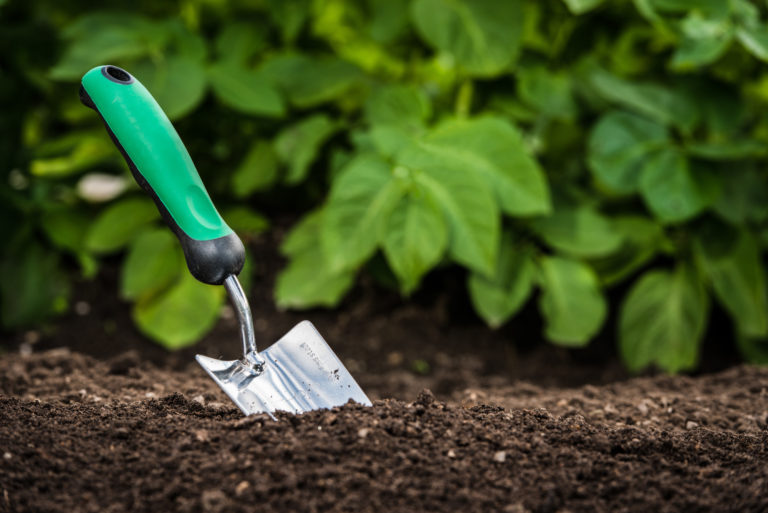Did you know that the average garden produces about $600 in edibles annually? This may be why nearly two-thirds of American adults say they grow or plan to grow vegetables, fruits, or herbs. So, if you’d like to join the many who get to eat the (literal) fruits of their labor but need help figuring out where to get started, this is the guide for you.
Keep reading to learn more about choosing the perfect garden size for you.
How Will You Use Your Garden?
The first step when settling on a garden size is deciding on the primary use of your garden. For example, an ornamental garden can be as small or large as you want, but if you were interested in veggie gardening, you would have to account for row sizes for each crop.
And, if you intend this garden to keep your family fed year-round, experts say you should plan about 200 sq/ft per person. This size will give you veggies for the season, with some leftovers to preserve when winter hits.
What Do You Plan to Grow?
Every crop in your vegetable garden has different space needs for optimum pollination and harvest. For example, since corn is wind pollinated, it has to be planted in groups of at least 16, which fits neatly in a 4×4 spot.
Another thing to consider with crop types is sunlight requirements because this will also guide you in choosing the size of your garden. If your plot of land only has a tiny portion that gets at least six hours of sun daily, then you are limited to that spot for sun-loving vegetables like tomatoes.
What Type of Soil Do You Have?
If you want to plant a traditional garden bed that uses your tilled ground soil, you are confined to the most habitable area for growing; a well-drained, sunny spot with nutrient-rich soil. However, folks with small plots of land, like in an urban garden, can circumvent this by using a raised garden bed. This allows you to make a thick growing layer of soil atop your nutrient-parched land.
In this case, you would have to choose the size and type of raised bed that would fit best in your location.
How Much Time Are You Willing to Invest?
Perhaps the most important criterion to consider when planning your garden size is to consider your time investment. If this is your first garden, and you’re still determining if you’re up to the task, consider starting with the perfect-sized garden for beginners, a smaller plot of about 100 sq/ft. This will produce enough to keep you active in the kitchen throughout the season.
Also, if you have your heart set on a traditional garden, remember that it involves significant work to get started. This is due to enriching and nourishing the soil, so your plants thrive. If you don’t think you can make that upfront investment, consider a raised garden instead.
Use These Questions to Guide You Toward Your Perfect Garden Size
No one garden size will meet all needs. So instead, use this guide to help pin down your priorities and decide on the size that would meet those needs best.
If you liked this article, be sure to explore more in our Home Improvement section.
